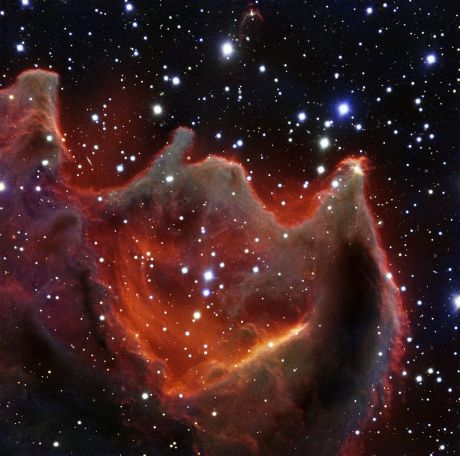While the visible night sky appears unchanged, the Universe as observed at high energies is seething with activity. EU-funded scientists have developed tools to analyse the intriguing behaviour of the many sources of gammarays.
Thorough imaging of large areas of the sky has revealed celestial
objects that change on a human timescale. Among them, supernovae
represent the endpoints to stellar evolution. These explosions of
supergiant stars that can briefly outshine an entire galaxy are also
connected to cosmic ray acceleration to chemical enrichment of the
intergalactic medium.
However, the current view of the high-energy sky is rich in time-varying phenomena ranging from 1 s in gammaray bursts (GRBs) to days in galactic novae. Scientists working on the EU-funded project HETRANSIENTS (Innovative tools for the study of high-energy transients) have proposed new tools to improve the current understanding of such extreme astrophysical processes.
HETRANSIENTS scientists developed the collaborative database GRBspec to make GRB spectra from multiple observatories available to the scientific community. The
GRBspec website also provides visualisation and analysis tools that help users not only to assess the data before downloading them but also analyse them online.
From all the spectra, one of relatively short duration stood out that was related to the violent merger of two neutron stars at the end of their life. In this GRB afterglow, both absorption and emission features could be clearly seen. The afterglow spectroscopy together with multi-wavelength spectroscopy allowed the HETRANSIENTS team to determine its distance and study its local environment.
Additionally, the scientists accumulated observational evidence supporting the connection between long-duration GRBs and supernovae. By studying the host galaxies of the newly discovered supernovae, they found that the first stellar explosions happen earlier than GRBs. This finding led HETRANSIENTS scientists to conclude that the source of these explosions is massive stars.
The large sample of GRB spectra available through GRBspec provides valuable insights into the evolution of different galaxy environments across the history of the Universe. The study of these time-varying phenomena, with the possibility to disentangle the interplay between particles and magnetic fields, is a promising route to improving the current understanding of the effect these events have on their environment.

